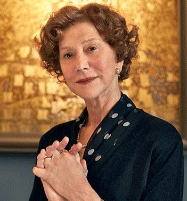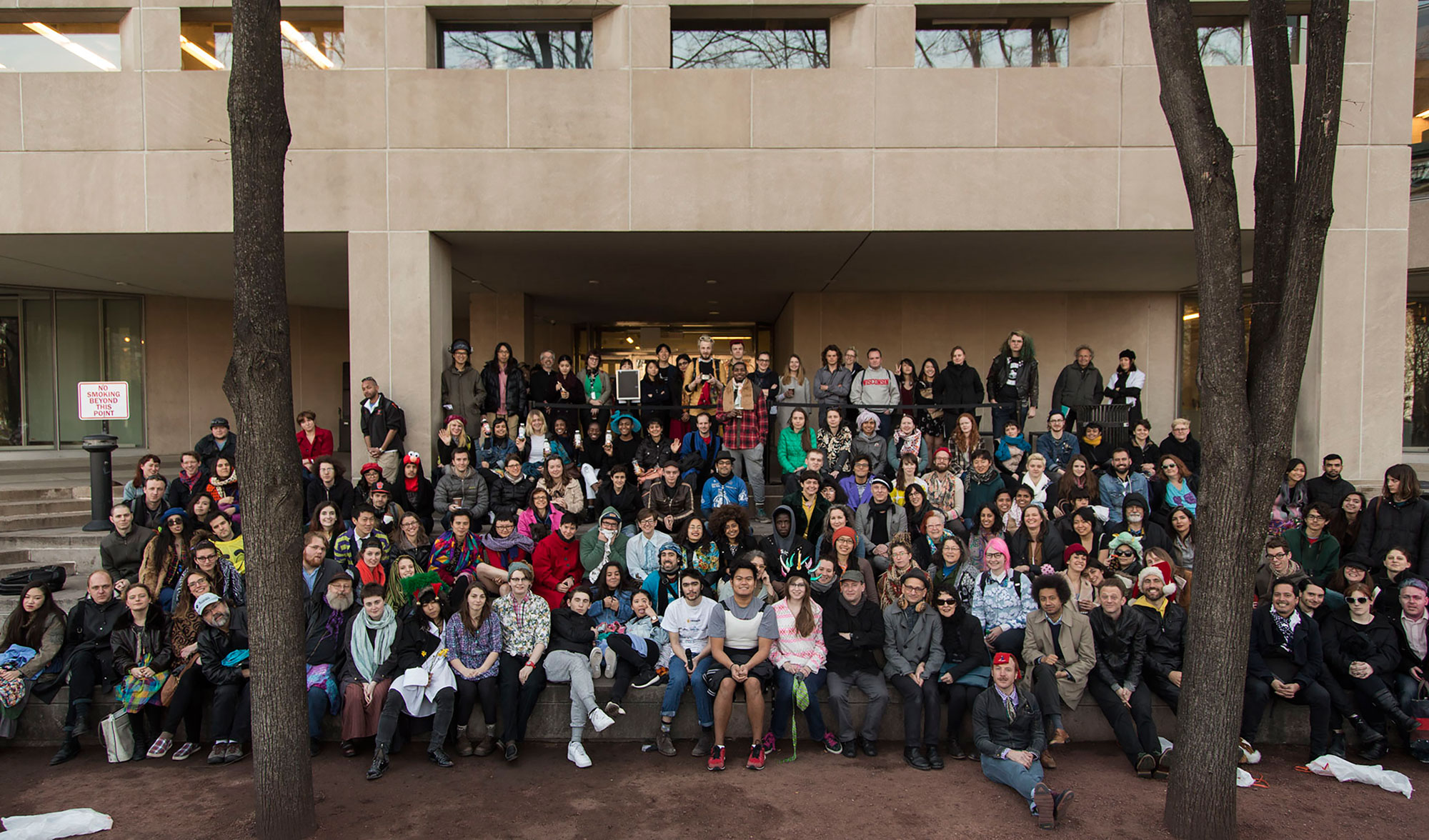Feature Photo Courtesy of the Gene Siskel Film Center
Woman in Gold, Simon Curtis’ (My Week with Marilyn) newest drama, tells the remarkable tale of Maria Altman’s famous quest to reclaim ownership of Gustav Klimt’s Portrait of Adele Bloch-Bauer. The painting was stolen by the Nazis from Altman’s wealthy Viennese family during WWII and renamed Woman in Gold. The portrait was hung in Austria’s Belvedere Museum after the war and was long considered the “Mona Lisa of Austria.” Cleverly constructed flashbacks throughout the film inform us that Maria had fled her homeland, leaving loved ones behind, to come to America as the Nazis began to take over Austria.

The 80-year-old Maria Altman, played by Helen Mirren, has a magnetic quality about her. She convinces a young lawyer, Randol Schoenberg (Ryan Reynolds), whose parents were also killed in Austria by the Nazis, to assist her in taking the entirety of Austria to the Supreme Court in the early 2000s. The relationship between the two is very charming, but at times overly simplified. Having first become involved in the case because of the immense financial gain possible, Schoenberg learns about his own family’s history and becomes personally entangled in Altman’s quest, not only for restitution, but also for psychological closure of the trauma inflicted by the Nazis on their families. This shift in motivation happens when Altman and Schoenberg travel to Austria for the first time to speak with a restitution committee. It is as if Schoenberg had never really thought about his parents’ untimely deaths before coming face-to- face with the Jewish Memorial in Vienna. He even asks Altman why she is so interested in something that happened more than 50 years ago. His detachment seems strange, given that his own family was deeply affected. The two characters are very rude to one another but in an endearing way. By the end of the film, they have become the closest of friends.
The simplification of characters and events is prevalent throughout the film. Not wanting to ask too many difficult questions about restitution laws, the Nazis, Jewish Austrians, WWII, or the current paradox of being a young person in Austria today, the film touches on all of these topics briefly before simply carrying the story along. Modern day Austrians are characterized as belonging to one of two groups: government officials who still very much act like Nazis and younger liberals who feel guilty about their past (though they were not even alive at the time). The hero of the story is clearly the American justice system, while the enemy continues to be Austria and the museum officials working at the Belvedere. There is no attempt to look at Altman and Schoenberg’s decisions critically. Instead, every decision they make is relatively easy since they must always simply decide against their enemies, the Austrians.
All this is not to say that the film is not thoroughly enjoyable. The emotional peak of the film happens during Maria’s flashbacks of herself in Austria as it is being invaded by the Nazis. Tatiana Maslany, the young Maria Altman, comes close to stealing the spotlight from Mirren in her incredibly moving and convincing depiction of a young Jewish woman in war-torn Austria. I was brought to tears during the scene in which she says goodbye to her parents (amazing performance by Henry Goodman, who plays Maria’s father.) I held my breath as the young Maria and her husband attempted to escape from Vienna. The quarrels between Mirren and Reynolds also caused the entire audience to burst into laughter at many points in the film due to their authentic chemistry.
While the film could have easily been yet another film about a famous painting (Girl with the Pearl Earring) or another gruesome and violent film about the Holocaust, it is instead, with the addition of the incredible journey of Maria Altman and Randol Schoenberg, a tamer mixture of those themes. The film fails to delve deeply into the painting, the Holocaust, or Maria and Randol’s story and instead focuses on a shallow, clear, and linear chain of events. Unlike most other films about WWII and the Holocaust, which include gruesome torture and killing, not even the flashback scenes in Woman in Gold would be too much for an entire family to view together, including younger children.
The film leaves something to be desired in terms of how Austrians today really deal with the issues of their country’s past and the actual proceedings behind restitution cases. Helen Mirren and Tatiana Maslany are still wonderful to watch, and I would recommend Woman in Gold, not as a critical exploration into a restitution case, but as an enjoyable end to one’s work day where simple relaxation is intended.







